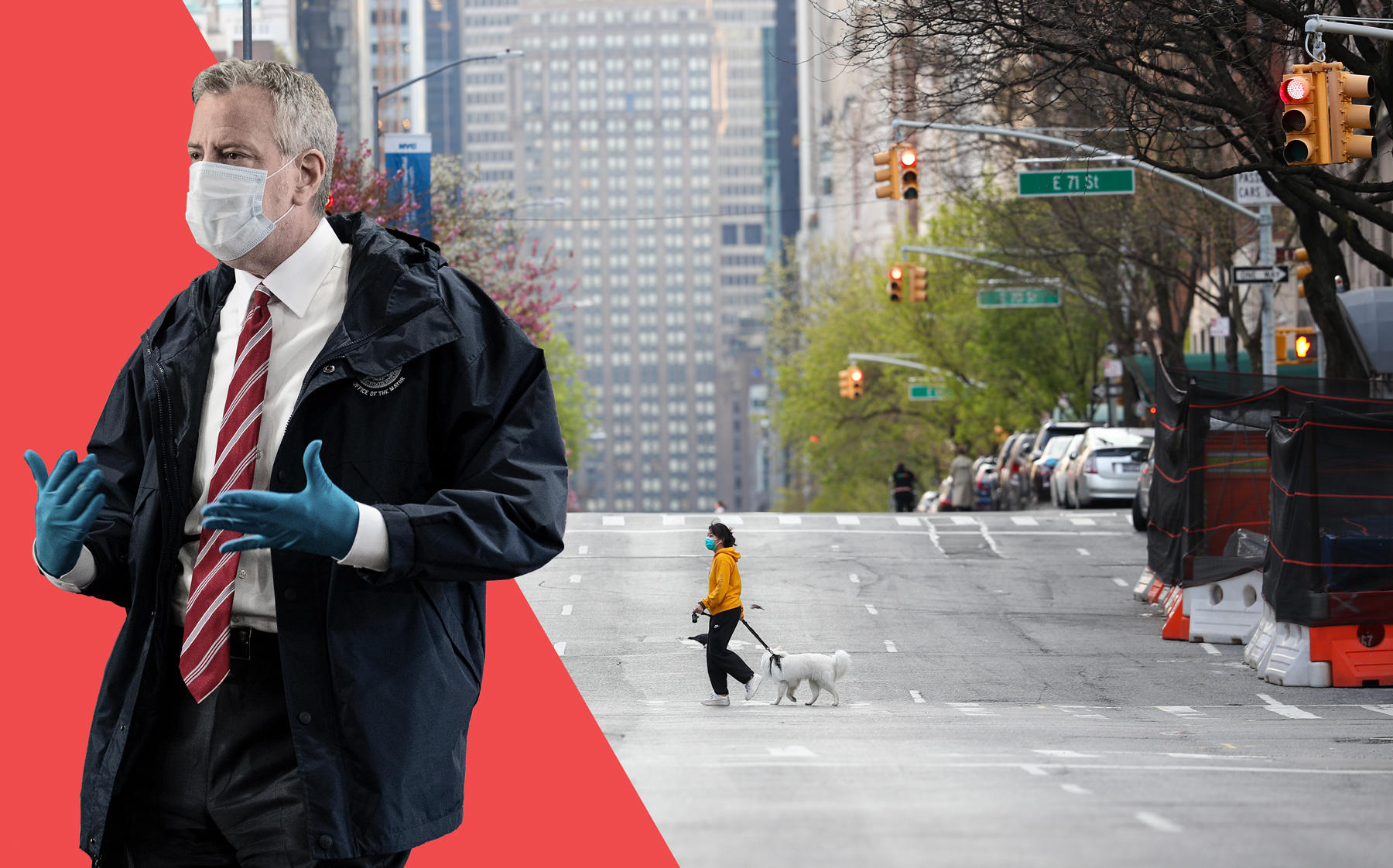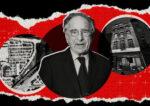Trending
Plan to pedestrianize Park Avenue floated as mayor expands street closures
Community board would ban traffic; advocate pitches "shared street"

It’s one of the country’s most iconic avenues, and if a Manhattan community board gets its way, it could also be closed to traffic.
Community Board 8 is calling on the city to open Park Avenue to pedestrians between 8 a.m. and 8 p.m., seven days a week, as Mayor Bill de Blasio announces which streets will be pedestrianized under a new plan to encourage social distancing and take pressure off parks.
Last Friday, the mayor announced the first seven of 40 miles that will be opened up, including streets adjacent to Prospect Park in Brooklyn, Carl Schurz Park in Manhattan and Court Square in Queens. A second announcement, for another two miles, came this Wednesday. So far, Park Avenue has not been included.
And it may never be: The board’s recommendation would need to be approved by the mayor’s office and the Department of Transportation for it to go anywhere — and it’s unclear how likely that is. A source familiar with the board said many of its recommendations in the past had not been adopted.
Reached for comment, a spokesperson for the mayor’s office said the city was actively engaging in discussions with communities, but had no immediate plans to close Park Avenue because the proposal had not yet been reviewed.
“Our administration will work closely with neighborhood and civic groups across the city to find streets we can open safely,” the representative said in a statement.
In its submission to the mayor’s office, the board argues that Park Avenue should be pedestrianized because the district “has limited open space for people to utilize for walks and other physical activity while maintaining recommended social distancing.”
“Community District 8 residents have expressed concerns about crowded parks, sidewalks, and streets that make it challenging to maintain 6 feet of separation from other people,” the letter said, noting that 30 board members were in favor of the proposal while 4 had voted against it.
The idea is likely to face opposition from the avenue’s many high-profile residents, whose personal access to cars and delivery services would be interrupted should vehicles be restricted.
But that need not be the case, one activist said. “It’s not an either-or issue that either you close the streets to cars or you get deliveries,” said Doug Gordon, a safe-streets advocate and host of the “War on Cars” podcast. “You can move things to a shared-street model,” meaning space is set aside for walkers and bikers and local deliveries are allowed, but through traffic is not.
In long-term, Gordon said we might see more of a cultural shift in how people view their surroundings. “The very clear benefit, and we’ll see how this plays out, is people’s perceptions of what streets are for,” he said.
New Yorkers have been largely confined to their homes since March 22, but as the weather has warmed, more people have started heading out to parks and public spaces, renewing concern about transmission of the virus.
Photographs circulated on social media this week showed hundreds of people gathering in parks over the weekend — loosely distanced, with many not wearing masks.
In an interview, de Blasio commented: “The nice weather is very much a threat to us.”
Write to Sylvia Varnham O’Regan at so@therealdeal.com




